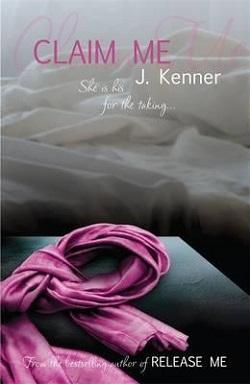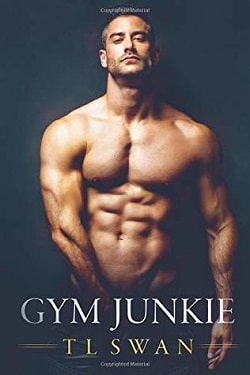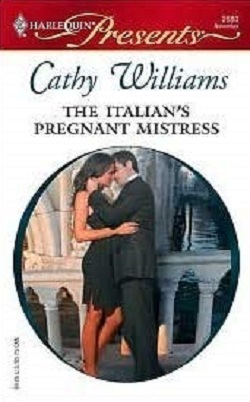“Ah, a dancer. Of course. He’s built like one, isn’t he?” She made a small sound, a little breath of distress. “No, he’s not familiar to me. None of them are. But this isn’t the same photographer, is it?”
“Why do you say that?”
“Different style, technique. Such drama, and a wonderful use of shadows here. Of course, you’d want drama in this study, but . . . It seems to me that whoever took this dance study is more experienced, more trained, or simply more talented. Both, by my critique. Actually, at a guess, I’d say this was a Hastings.”
Intrigued, Eve sat back. “You can look at a photo and identify the photographer.”
“Certainly, if the artist has a distinct style. Of course, a clever student or fan could copy it very well, digital manipulation and so on. But this first isn’t what I’d call a stylistic homage.”
Setting them side-by-side, she studied them again. “No. It’s very distinct and different. Two artists, interested in the same subject, and seeing it through different perspectives.”
“Do you know Hastings, personally?”
“Yes. Not well, I doubt anyone does. Such a temperamental soul. But I use his work quite often in class, and he’s allowed me, with some considerable persuasion, to conduct some workshops for my students in his studio over the years.”
“She had to pay him out of pocket,” Angie chimed in. She was still leaning over the sofa, with her chin nearly resting on Leeanne’s shoulder. “Hastings likes his money.”
“That’s true.” Leeanne’s tone was cheerful. “When it comes to his art, he doesn’t compromise, but he’s firm on making a profit. His store, his commercial work, his time.”
Eve began to play another angle in her head. “Any of your students ever work for him as models or assistants?”
“Oh yeah,” Leeanne answered with a chuckle. “And most had a maxibus full of complaints afterward. He’s rude, impatient, cheap, violent. But they learned, I can promise you that.”
“I’d like the names.”
“My God, Lieutenant, I’ve been sending students to Hastings for more than five years.”
“I’d like the names,” Eve repeated. “All you have on record, or in your memory. What about this one?” She held out the death photo.
“Oh.” Her hand lifted, linked with Angie’s. “Macabre, horrible. Brilliant. He’s getting better at his work.”
“Why do you say that?”
“So stark. It’s meant to be. Death Dances. That’s what I’d call it. The use of shadow and light here. The fact that he chose black-and-white, the fluid pose of the body. He could have done more with the face—yes, untapped potential there—but overall it’s brilliant. And terrible.”
“You often choose black-and-white. Most of your book is dedicated to the art of black-and-white photography and imaging.”
With a look of surprise, Leeanne glanced up again. “You’ve read my book?”
“I’ve looked it over. There’s a great deal about light—the exploitation of it, the building or taking of it, the filtering of it. The absence of it.”
“Without light, there is no image and the tone of the light determines the tone of the image. How it’s used, how the artist manipulates it or sees it, will be a part of his skill. Wait just a moment.”
She rose and hurried out of the room.
“You suspect her.” Angie straightened, studying Eve. “How can you? Leeanne would never harm anyone, much less a child. She isn’t capable of evil.”
“Part of my job is asking questions.”
Angie nodded, and coming around the sofa sat across from Eve. “Your job weighs on you. It puts pity in your eyes when you look at death.” She turned the portrait of Kenby over. “It doesn’t stay there, not in your eyes. But I think it stays inside you.”
“He doesn’t need my pity anymore.”
“No, I suppose not,” Angie replied as Leeanne came back in carrying a small box.
“Hey, it’s a pinhole camera.” Peabody blurted it out, then flushed a little at her own outburst. “My uncle had one, showed me how to make one when I was a kid.”
Eve was studying the odd little box and said simply, “Free-Ager,” by way of explanation.















